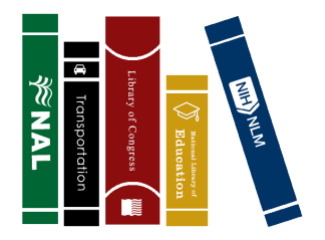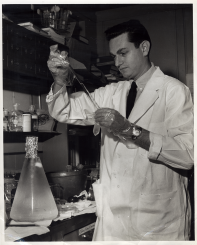 “Today, we’re asking “How many national libraries are there in the United States?”
“Today, we’re asking “How many national libraries are there in the United States?”
For most countries, the answer is usually one.
But the United States actually has five.
In addition to the National Library of Medicine, the other national libraries are the Library of Congress, the National Agricultural Library, the National Library of Education, and the National Transportation Library.
National libraries or libraries established by the government of a country serve as preeminent repositories of information. Often, they include numerous rare, valuable, or significant works and play an important role in the preservation of their countries’ cultures and intellectual traditions.
National libraries are commonly open to the public for research, and while members of the public may not directly check out items, they may be able to obtain them through interlibrary loan. National libraries are also increasingly making their collections available online, as copyright and digitization projects allow.”
Source: NLM Announcements from the NLM Office of Communications, July 25, 2018.

 ” The UK Medical Heritage Library now available online for free –
” The UK Medical Heritage Library now available online for free – 
 PubMed was first released two decades ago in January 1996 as an experimental database under the National Center for Biotechnology Information (NCBI) retrieval system. The word “experimental” was dropped from the website in April 1997, and on June 26, 1997, a Capitol Hill press conference officially announced
PubMed was first released two decades ago in January 1996 as an experimental database under the National Center for Biotechnology Information (NCBI) retrieval system. The word “experimental” was dropped from the website in April 1997, and on June 26, 1997, a Capitol Hill press conference officially announced 

You must be logged in to post a comment.